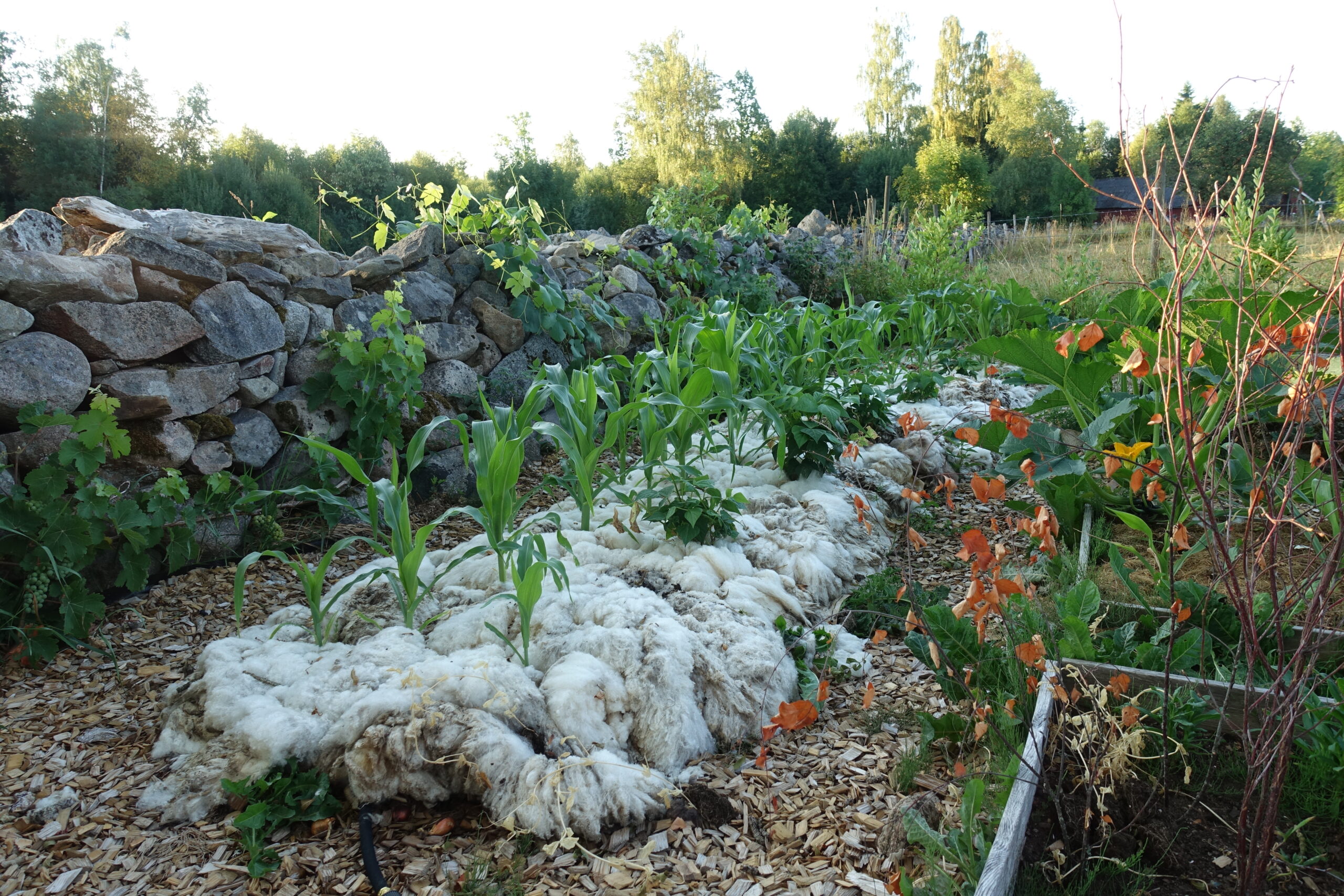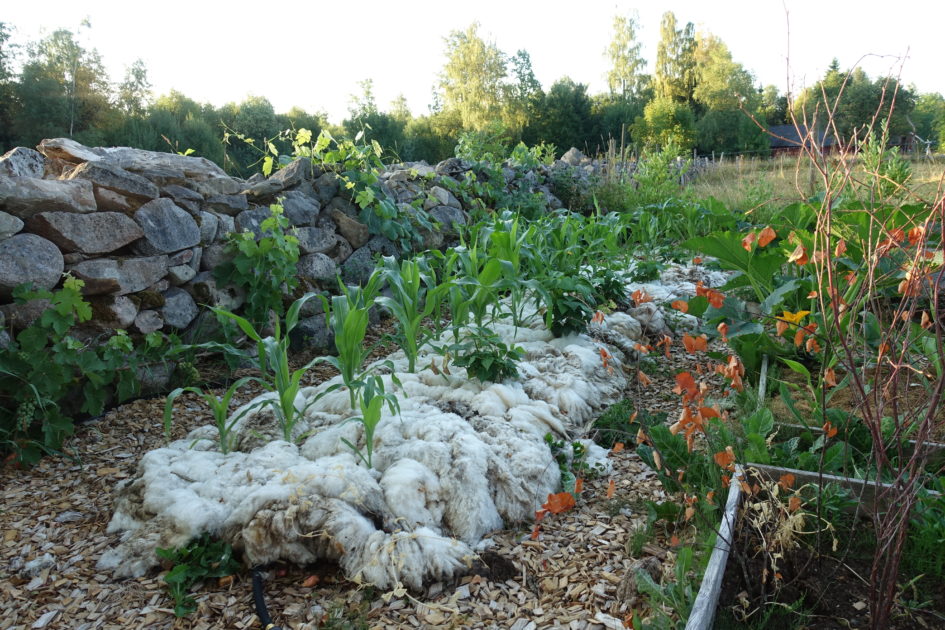Wool Mulch: The Sustainable Mulch Alternative
Wool Mulch: The Sustainable Mulch Alternative
Mulch is a layer of material spread around plants to help suppress weeds, retain moisture, and improve soil health. Traditionally, mulch has been made from wood chips, bark, or other organic materials. However, in recent years, there has been a growing interest in using wool mulch as an alternative.
Wool mulch is made from recycled wool fibers that are bonded together to form a mat. It is a natural, sustainable, and biodegradable material that offers a number of benefits over traditional mulches.
Benefits of Wool Mulch
- Sustainability: Wool mulch is a renewable resource that is produced as a byproduct of the sheep farming industry. It requires no additional water or pesticides to produce, and it is completely biodegradable.
- Weed suppression: Wool mulch is a physical barrier that helps to prevent weeds from germinating. It also helps to shade the soil, which can further inhibit weed growth.
- Moisture retention: Wool mulch is highly absorbent and can hold up to 300% of its weight in water. This helps to keep plants' roots moist during dry periods.
- Temperature regulation: Wool mulch helps to regulate soil temperature, keeping it cooler in the summer and warmer in the winter. This can help to extend the growing season and protect plants from frost damage.
- Improved soil health: Wool mulch is a source of nutrients for plants, and it helps to improve soil structure by breaking down into small particles. This can help to improve drainage and aeration, which can lead to healthier plants.
How to Use Wool Mulch
Wool mulch can be used in a variety of settings, including gardens, lawns, and flower beds. It can be applied around individual plants or in larger areas. When applying wool mulch, it is important to spread it evenly to a depth of 2-3 inches.
Wool mulch does not need to be replaced as often as traditional mulches. In fact, it can last for several years. However, it is important to inspect the mulch regularly and remove any dead or damaged material.
Where to Buy Wool Mulch
Wool mulch is not yet widely available, but it can be purchased online and from some garden centers. Prices vary depending on the supplier and the amount of mulch purchased.
Conclusion
Wool mulch is a sustainable and versatile alternative to traditional mulches. It offers a number of benefits, including weed suppression, moisture retention, temperature regulation, and improved soil health. If you are looking for a mulch that is good for the environment and your plants, wool mulch is a great option.
Wool mulch is a natural and sustainable alternative to traditional mulches like wood chips or bark. It is made from sheep's wool, which is a renewable resource that is biodegradable and compostable. Wool mulch has many benefits, including:
- It helps to retain moisture in the soil, which can help to reduce watering needs.
- It helps to suppress weeds, as the wool fibers create a barrier that makes it difficult for weeds to germinate.
- It helps to improve soil aeration and drainage.
- It provides nutrients to the soil, as the wool fibers slowly decompose.
- It helps to insulate the soil, which can help to protect plants from frost damage.
- It is a natural pest repellent, as it can deter slugs and snails.
If you are looking for a natural and sustainable mulch for your garden, wool mulch is a great option. To learn more about wool mulch, please visit Garden Wiki.
FAQ of wool mulch
- What is wool mulch?
Wool mulch is a natural, sustainable alternative to traditional mulches like wood chips or bark. It is made from recycled wool fibers, which are shredded and then composted. Wool mulch is water-soluble, which means it will not attract pests or rodents. It is also biodegradable, so it will break down over time and enrich the soil.
- How does wool mulch work?
Wool mulch works by suppressing weed growth, retaining moisture, and regulating soil temperature. The wool fibers create a physical barrier that prevents weed seeds from germinating. The wool also helps to retain moisture in the soil, which can help to reduce watering needs. Additionally, the wool fibers help to insulate the soil, which can help to keep the soil warm in the winter and cool in the summer.
- Where can I use wool mulch?
Wool mulch can be used in a variety of settings, including gardens, flower beds, vegetable gardens, and around trees and shrubs. It is a good choice for areas where weed growth is a problem, such as around vegetable gardens or in perennial beds. Wool mulch can also be used in areas that are prone to erosion, such as around slopes or at the base of retaining walls.
- How much wool mulch do I need?
The amount of wool mulch you need will depend on the size of the area you are mulching. As a general rule of thumb, you will need about 2-3 inches of wool mulch per square foot.
- How often do I need to reapply wool mulch?
Wool mulch will last for several years, but it will eventually break down and need to be replaced. The lifespan of wool mulch will depend on a number of factors, including the climate, the type of plants you are growing, and how well you maintain the mulch.
Image of wool mulch
- Image 1: A pile of wool mulch in a garden bed. The mulch is a light brown color and has a fluffy texture. It is spread around the base of a plant.

- Image 2: A close-up of wool mulch. The mulch is made up of small pieces of wool that are tightly packed together. It has a slightly oily texture.

- Image 3: A plant bed covered in wool mulch. The mulch is a dark brown color and has a smooth texture. It is spread evenly around the plants in the bed.

- Image 4: A pot of succulents with wool mulch around the base of the plants. The mulch is a light brown color and has a fluffy texture. It helps to retain moisture in the soil and protect the plants from the elements.
- Image 5: A walkway lined with wool mulch. The mulch is a light brown color and has a smooth texture. It helps to suppress weeds and keep the walkway looking neat and tidy.

Post a Comment for "Wool Mulch: The Sustainable Mulch Alternative"